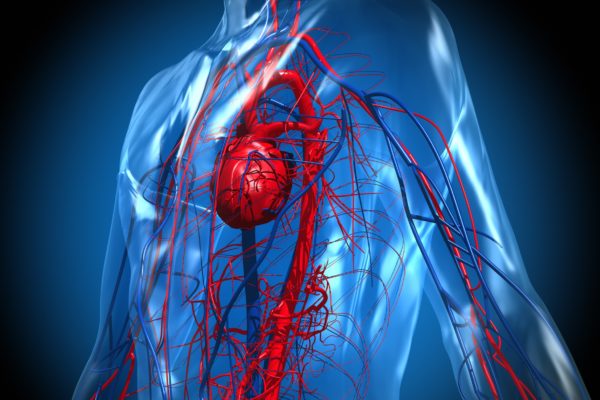
Cancer.gov
When a tumour occurs in the urinary tract, it is known as urinary tract cancer or carcinoma. Another term for this disease is urothelial carcinoma. The urothelium is the membrane on the inside of the urethra. The urethra transports urine from the kidneys to the bladder and from there to the penis or vagina. Urinary tract cancer is rare and frequently occurs as a result of bladder cancer.
The urethra connects the kidneys to the bladder, that serves as a temporary storage for urine. When the bladder reaches a certain capacity, a signal goes to the brain, triggering the urge to urinate.
The last few years have seen a steady increase of patients with urinary tract cancer. The disease affects more men than women and is mostly diagnosed in people over 65 years old. The 5-year survival rate for patients diagnosed with stage I is 89%, but this outlook declines sharply to 12% for patients in stage IV. Around 15 to 20% of patients will also develop bladder cancer or renal pelvis cancer.
Tumours in the urinary tract rarely present any symptoms during the early development stages. When they do present symptoms, these frequently include:
There is no known cause for urinary tract cancer, but certain factors can be identified that will raise the risk of developing the disease. These include:
A GP will perform a physical exam on a patient who might have urinary tract cancer, and when findings indicate the possibility of a tumour, the patient will be referred to a urologist for further testing. This urologist will run blood and urine tests, as well as a CT scan and a cystoscopy. A cystoscopy is a bladder examination with a micro camera. These tests can be followed up by a biopsy or a uretero-renoscopy. During the latter, a thin tube with a micro camera is inserted into the urinary tract. Lung X-rays, bone scans, PET-CT scans and MRI scans can be used to determine the exact location and cancer stage.
Urinary tract cancer is defined using the TNM classification system, where T denotes the location of the first tumour, N indicates whether there has been spreading towards the lymph nodes and M describes whether the tumour has spread to other organs. This leads to the following staging:
The degree of differentiation of the tumour is also important, and this is determined using a biopsy. Differentiation describes how much the tumour’s cells still resemble normal cells.
When a diagnosis has been made and the stage and differentiation of the tumour have been established, a team of specialists will come up with a treatment plan. Urinary tract cancer can be treated by means of surgery, radiotherapy and chemotherapy, with surgery being the preferred strategy.
When the cancer has reached a certain stage and has spread to other organs, healing the patient is no longer an option, and palliative treatment is all that remains. This treatment is meant to combat disease symptoms and add quality of life to the patient. For patients who are ineligible for chemotherapy, PD-L1 inhibitors can be used. PD-L1 inhibitors in the setting of urothelial carcinoma are still under active investigation, as are other targeted therapies, such as CTLA-4 inhibitors. In other cases, the tumour can be treated by laser therapy. This is only a viable option when the tumour is small in size and hasn’t spread yet.





